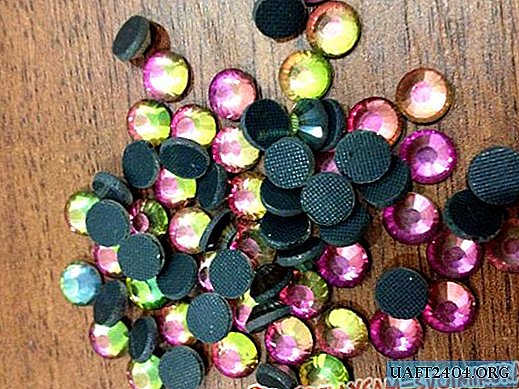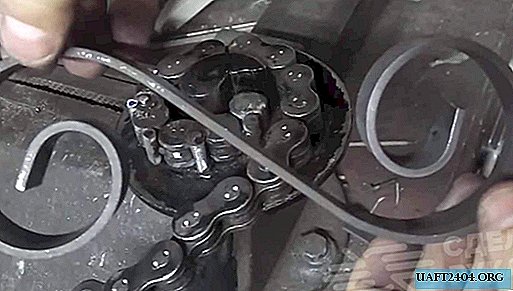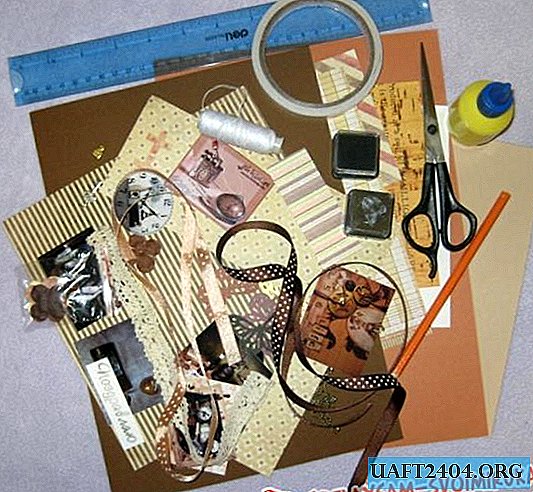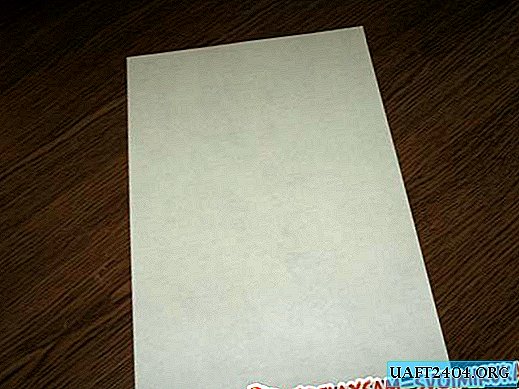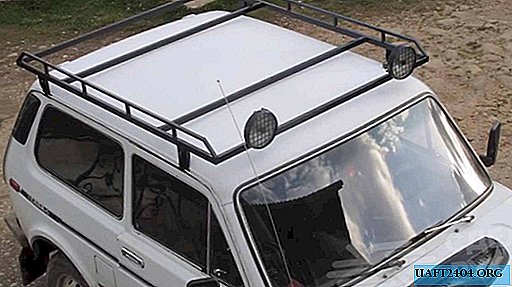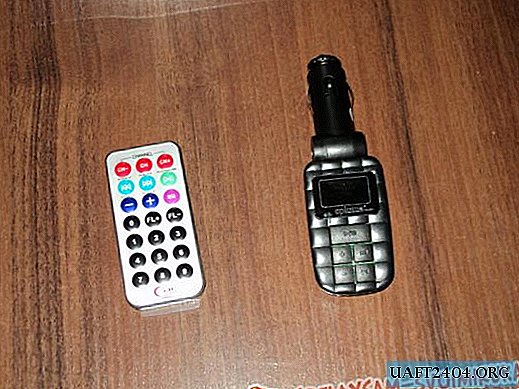Share
Pin
Tweet
Send
Share
Send
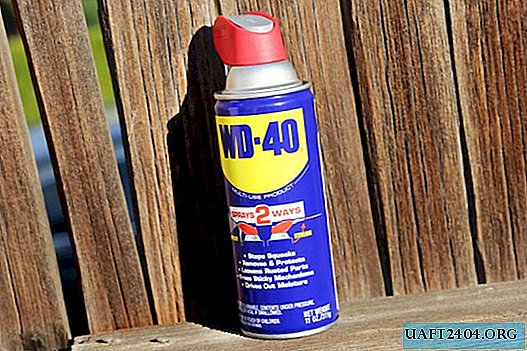
The popularity of the WD-40 is due to its effectiveness and ability to help unscrew any rusted or plated threaded connection. This action of WD-40 is ensured by its composition and principle of action: a volatile solvent (white spirit) corrodes and softens various types of contaminants, and after its evaporation, a non-volatile lubricant (mineral oil) remains on the treated surface, which provides protection of parts or easy untwisting of the threads.
Note! There are many fakes and analogues of the WD-40 on the market, which, with external resemblance, have a different composition and purpose. It is for this reason that debates about the effectiveness of the WD-40 are still ongoing, and reviews about it are ambiguous: he helped one, and for some, after using a fake, the metal parts became rusty. Therefore, it is recommended to purchase the product in specialized stores, and not from dubious sellers in the market.
The standard scope of application of the WD-40 is very extensive: from helping to loosen rusty bolts to preserving various mechanisms and equipment. But in addition, aerosol solvent can be used to solve non-standard tasks. Some unusual uses for the WD-40 are discussed below.
Easy cleaning of hands from technical pollution
Since the WD-40 contains a solvent, greasy and oily hands can easily be washed with it, for example, after engine overhaul. Having sprayed a little money on your hands, they are wiped with a rag to remove dirt, after which you must wash your hands thoroughly with soap and water several times.



Note! Long-term exposure to WD-40 on the skin is unacceptable, so rinse off the product as quickly as possible after applying it to the hands.
Removing old stickers
Removing stickers from any surface is a very thankless task. No matter how accurate you are, the sticker will still tear, and the adhesive base will remain on the surface. In order not to remove the adhesive mechanically and not to scratch the surface, you can use WD-40. To remove the sticker, it is enough to apply a little liquid from the aerosol can, wait 3-5 minutes, after which the remaining adhesive from the surface can be easily removed with a cloth.



Marker Removal
Aerosol solvent is also useful for removing marker marks on various surfaces. To do this, spray WD-40 on the inscription or moisten a napkin. Marker can be easily removed from smooth surfaces. If the marker is written on absorbent or rough surfaces, wipe it several times.





Advice! After using WD-40, it is recommended that all non-metallic surfaces be washed with soap and water to remove any residual solvent and grease.
Snow help
When harvesting wet snow, it constantly sticks to the shovel, which greatly complicates the already difficult task. Against the snow, this universal remedy comes to the rescue.

To do this, WD-40 is applied to the surface of the shovel on both sides, and after 3-5 minutes the treated surface is wiped with a rag to remove all softened deposits and foreign substances. Then a thin layer of aerosol is sprayed onto the working surface of the shovel. After evaporation of the solvent, a layer of oil remains on the shovel, which prevents snow from sticking to the surface.
Remove the ring
In the workshop, various injuries sometimes occur. If you hit a finger on which a wedding or other ring is worn, then when the finger or joint swells, it will be very difficult to remove it. If there is no damage to the skin, the finger can be moistened from an aerosol can, which will facilitate the removal of the ring from the swelling finger.


Cleaning the kitchen sink
Even a material such as stainless steel, from which kitchen sinks are made, is subject to outgrowths of various deposits. To clean stubborn stains, use the WD-40. After spraying the contaminant, wait about 5 minutes for the solvent to absorb into the sediment. Softened deposits are removed with a plastic scraper, and if necessary, processing is repeated.

Advice! After cleaning the sink, do not forget to wash it and all used appliances with warm water and detergent.
Cleaning metal and cast iron products from rust
WD-40 is excellent for cleaning metal (including cast iron) from rust. On the surface affected by rust or other deposits, apply the product and let stand for 3-5 minutes. To allow the solvent to evaporate more slowly, a pipe or other product can be wrapped with a cloth dampened with a cloth. After the rust has softened a little, proceed to mechanical cleaning with a grinder, sandpaper or other grinding devices. This treatment significantly speeds up the process of removing rust and prevents its re-formation.



Vinyl Record Processing
To remove dirt and grease the plates at the same time, you can use a small cloth slightly moistened with this product. With a napkin, gently wipe the plate, removing a layer of wax dirt accumulated on vinyl. But at the same time it’s not worth it to be too zealous and plentifully wet the record.

How NOT to Use the WD-40

Lastly, let's look at a few examples and areas where you should not use the WD-40:
- Any electronics: the solvent contained in the aerosol can corrode some plastics and thin tracks on electronic circuit boards.
- Door hinges, bicycle and other chains. For these purposes, it is better to use a conventional grease based grease.
- Door locks. If the lock cylinder is stuck, you can try to lubricate it with an aerosol, but you should not count on a long-term effect as a lubricant.
- Rubik's cube and other plastics. As already noted, the WD-40 can cause softening or melting of some plastics. Therefore, it is recommended to use silicone spray for these purposes, and not a solvent-based product.

Do you have any examples of the unusual use of the WD-40? Share your experience in the comments!
Original article in English
Share
Pin
Tweet
Send
Share
Send

